When we pitched this project, we wanted to use hitchhiking as a way to meet real people in China. We have met real people in China, as our posts on Drink Horse One Army demonstrate. However, somedays, we have had to give up on hitchhiking in order to get where we are going. Long distances, we have found, have been impossible to hitchhike. Few cars are going that far and even fewer are willing to take you that far.
But those bus journeys that we have done have sometimes been more real than our hitchhiking.
After our experience with the Armed Police in Subei, we went back to Dunhuang. We wanted to get out of not only the town, but the province, as quickly as possible, so we bought the next ticket for Urumqi, the megalopolis above the Taklamakan Desert.
The bus was a sleeper bus, with three rows of upper and lower bunks. It was crummier than any sleeper bus I had ever ridden on, bits unscrewed and railings falling apart. We loaded our luggage into the luggage compartments underneath and found a bed beside a left-wing Frenchman. The bus was supposed to leave at five, just a few hours after we returned to Dunhuang. By five, the bus was only half full of ticket holders.
Unlike trains, which are run by the government, bus drivers have opportunities to be more entrepreneurial. The more people they can pack onto the bus, the more money the driver will make. At around five thirty, a large clutch of migrant workers herded onto the bus. They were not paying the full price, I assumed, but the driver wanted to fill every bed up, making as much money as he could.
After the migrant workers boarded, we began to move, but we only drove for ten minutes, into the industrial part of Dunhuang. Again, the driver wanted to make as much money as possible. At a meat processor, the bus driver unloaded all luggage from the lower compartment and, with the help of five butchers, loaded thirty-five sheep carcass into the luggage compartment. Our luggage was then thrown onto the bus and we had to stow it in the aisles.
The bus did not have any air-conditioning on it, but fortunately, when the bus was still half full, we had been able to grab beds near the buses only two openable windows. After the sheep bodies were loaded, we departed from Dunhuang, snaking along the northern rim of the Taklamakan Desert, traveling through the night across most of the desert’s eastern half. Each time we had to use the bathroom, we had to struggle over the entirety of the bus’s luggage.
Seventeen hours later, we arrived in Urumqi ragged.
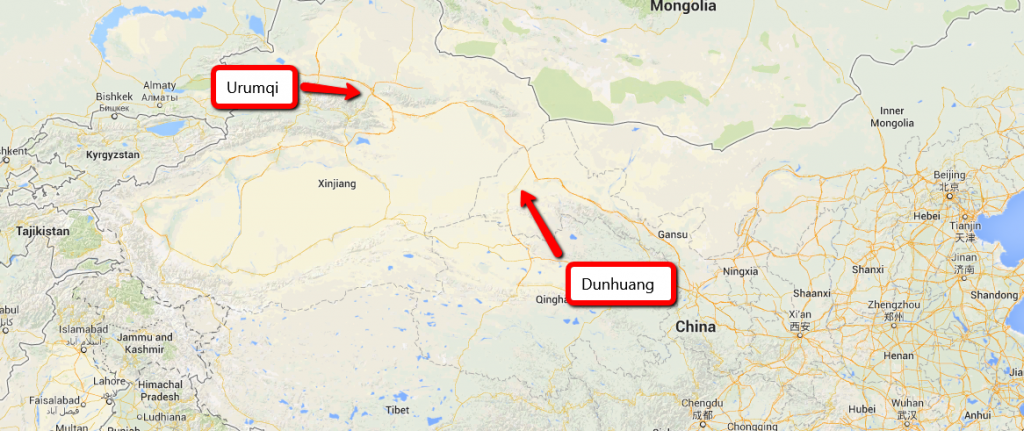
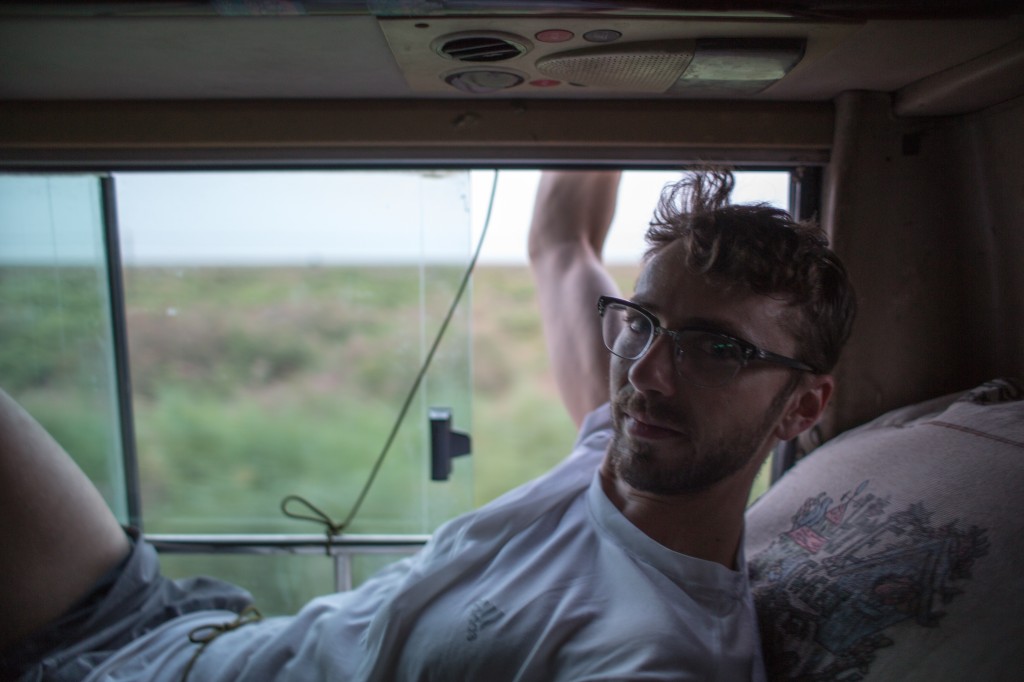
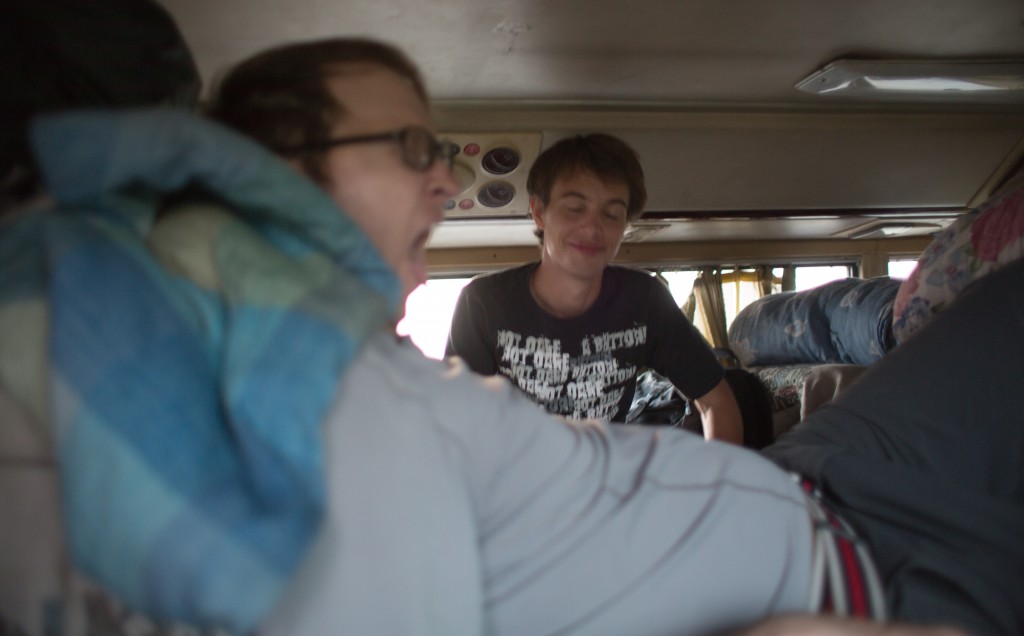
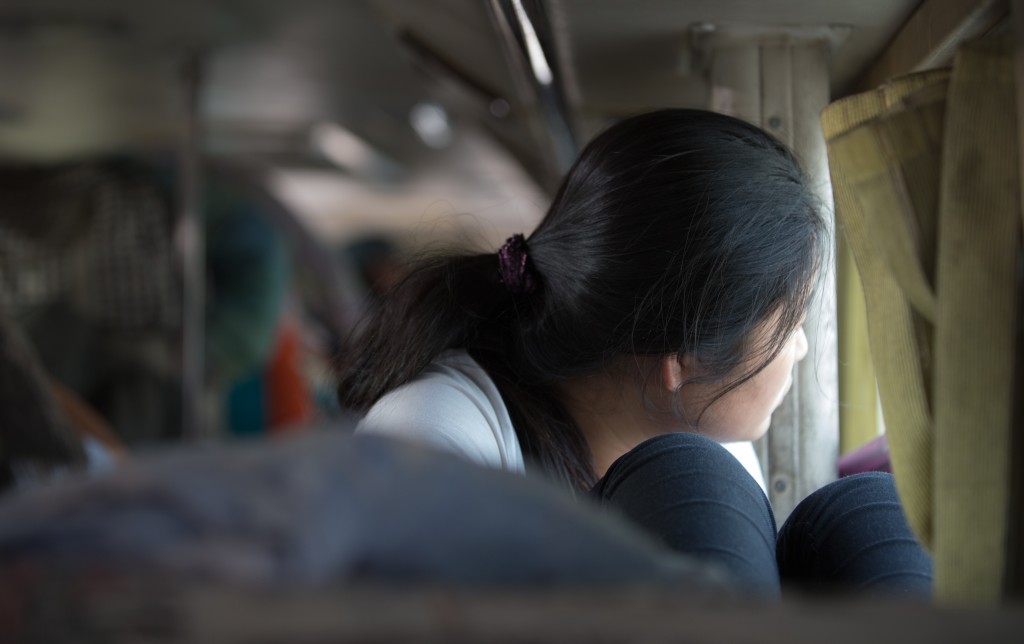
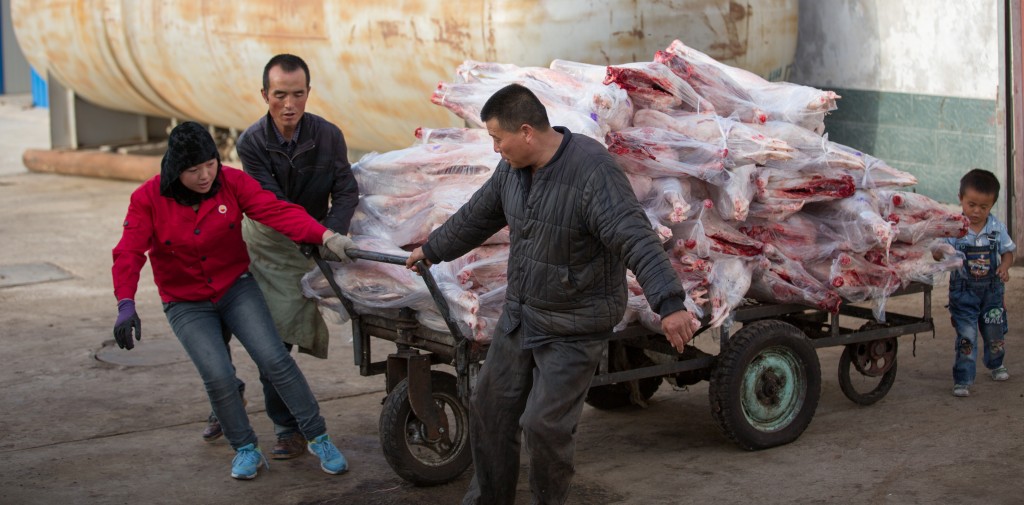
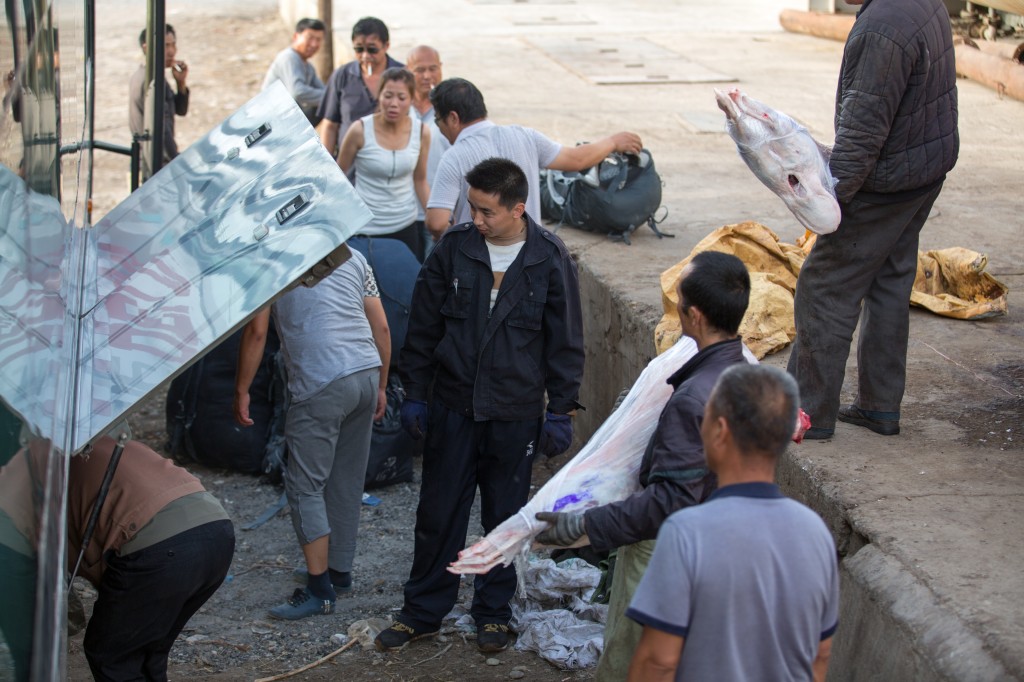
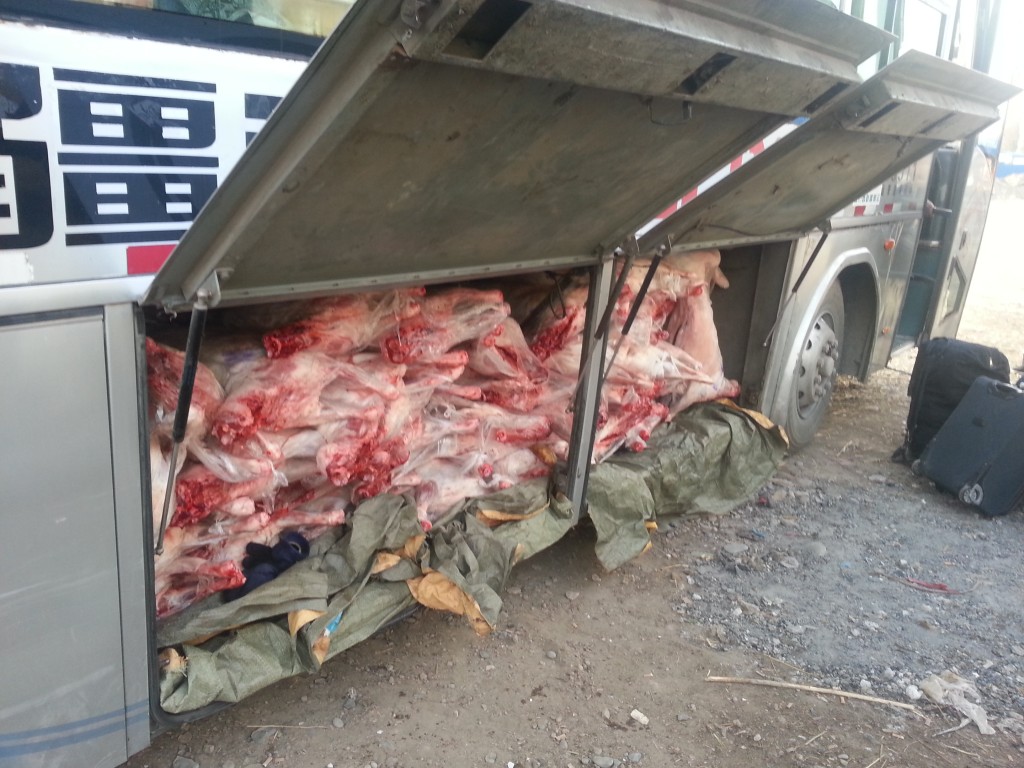
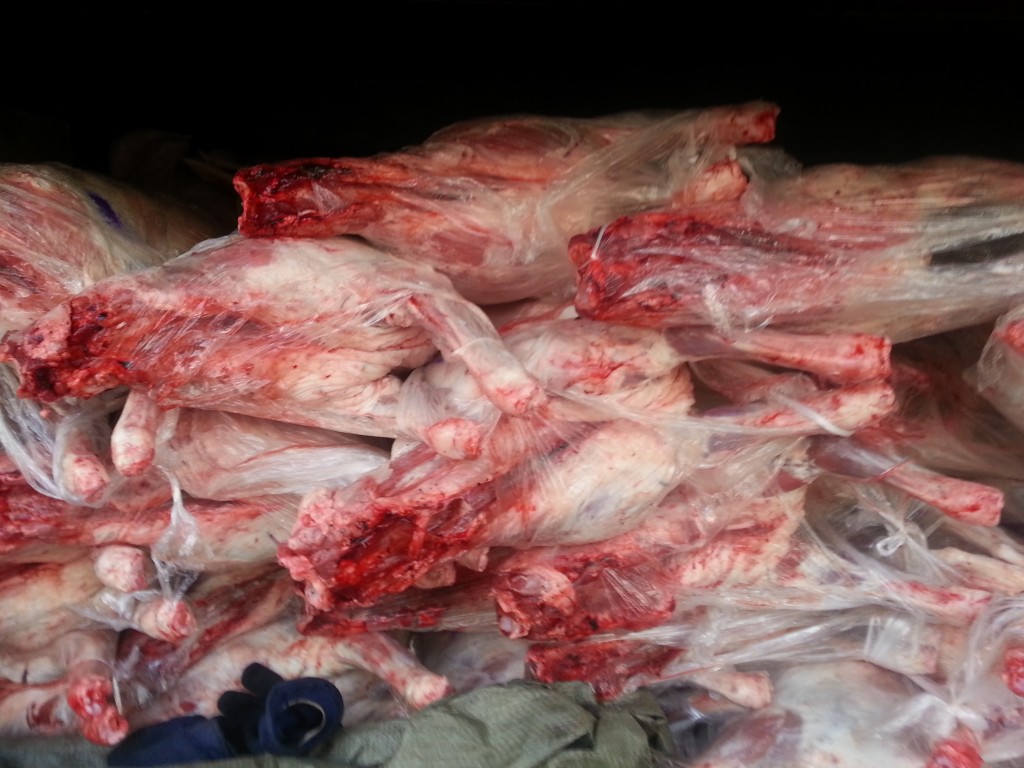
taking this sort of sleeper bus you might be happy that you are men. stay safe.
True, though we did have several young, Chinese women on this bus.
Normally we’d say “This is China,” but this is a new one. Would’ve been better if the bus had stopped a few times for a barbecue break.
Matt, I couldn’t help but thinking of all these carcusses after I read this article.
http://www.nytimes.com/2014/07/27/magazine/what-do-chinese-dumplings-have-to-do-with-global-warming.html?_r=0